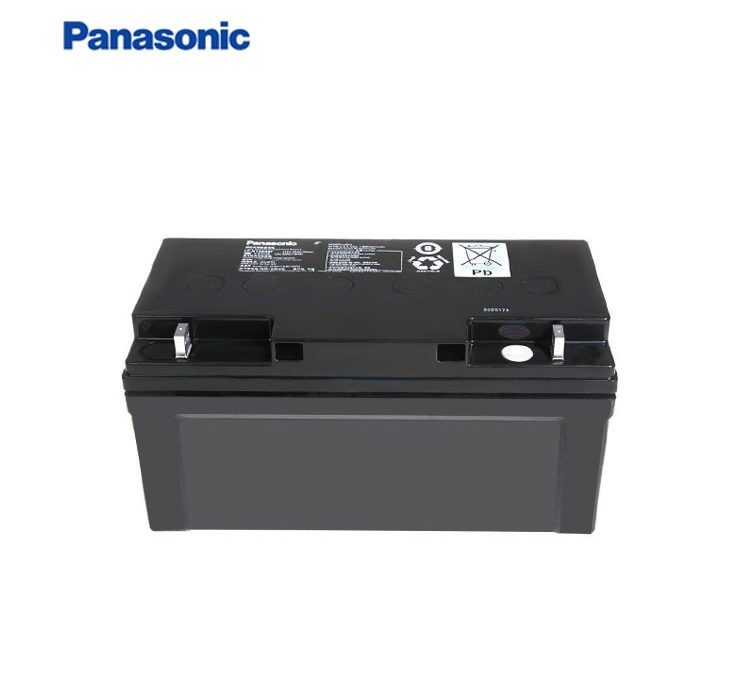Discharge capacity of valve regulated sealed lead-acid batteries
The discharge capacity of early GFL-valve regulated sealed lead-acid batteries was only about 80% of that of ordinary lead-acid batteries. This was due to the use of poorly performing colloidal electrolyte directly into the unaltered ordinary lead-acid batteries. Recent research work has shown that improving the formulation of the colloidal electrolyte, controlling the size of the colloidal particles, incorporating hydrophilic polymer additives, reducing the concentration of the colloidal solution to improve the permeability and affinity to the pole plate, adopting a vacuum filling process, replacing the rubber spacer with a composite spacer or AGM to improve the absorption of liquid in the GFL-valve regulated sealed lead-acid batteries; eliminating the precipitation tank in the GFL-valve regulated sealed lead-acid battery and moderately increasing the area of the pole plate with active The result is that the discharge capacity of the GFL-valve regulated sealed lead-acid battery reaches or is close to that of an ordinary lead-acid battery.
The AGM-valve regulated sealed lead-acid battery has less electrolyte, the thickness of the electrode plate is thicker and the utilisation rate of the active substance is lower than that of a normal lead-acid battery, therefore the discharge capacity of the AGM-valve regulated sealed lead-acid battery is about 10% lower than that of a normal lead-acid battery.
Internal resistance and high current discharge capacity of valve regulated sealed lead-acid batteries
The glass fibre partition used in the AGM-valve regulated sealed lead-acid battery has a 90% porosity and the sulphuric acid is adsorbed in it. The AGM-valve regulated sealed lead-acid battery is tightly assembled so that the diffusion and electromigration of ions in the partition is very little impeded.
Although the diffusion rate of ions in the gel is close to that in aqueous solution, the migration and diffusion of ions is influenced by the structure of the gel. The more curved the ion diffusion path in the gel, the narrower the pores in the structure and the greater the obstruction. As a result, the internal resistance of the GFL-valve regulated sealed lead-acid battery is greater than that of the AGM-valve regulated sealed lead-acid battery.
However, the test results show that the high current discharge performance of the GFL-valve regulated sealed lead-acid battery is still very good and fully meets the requirements of the relevant standards for high current discharge performance of batteries. This is due to the fact that the concentration of acid and other relevant ions in the liquid layer inside the porous electrode and near the electrode plate plays a key role in high current discharge.
